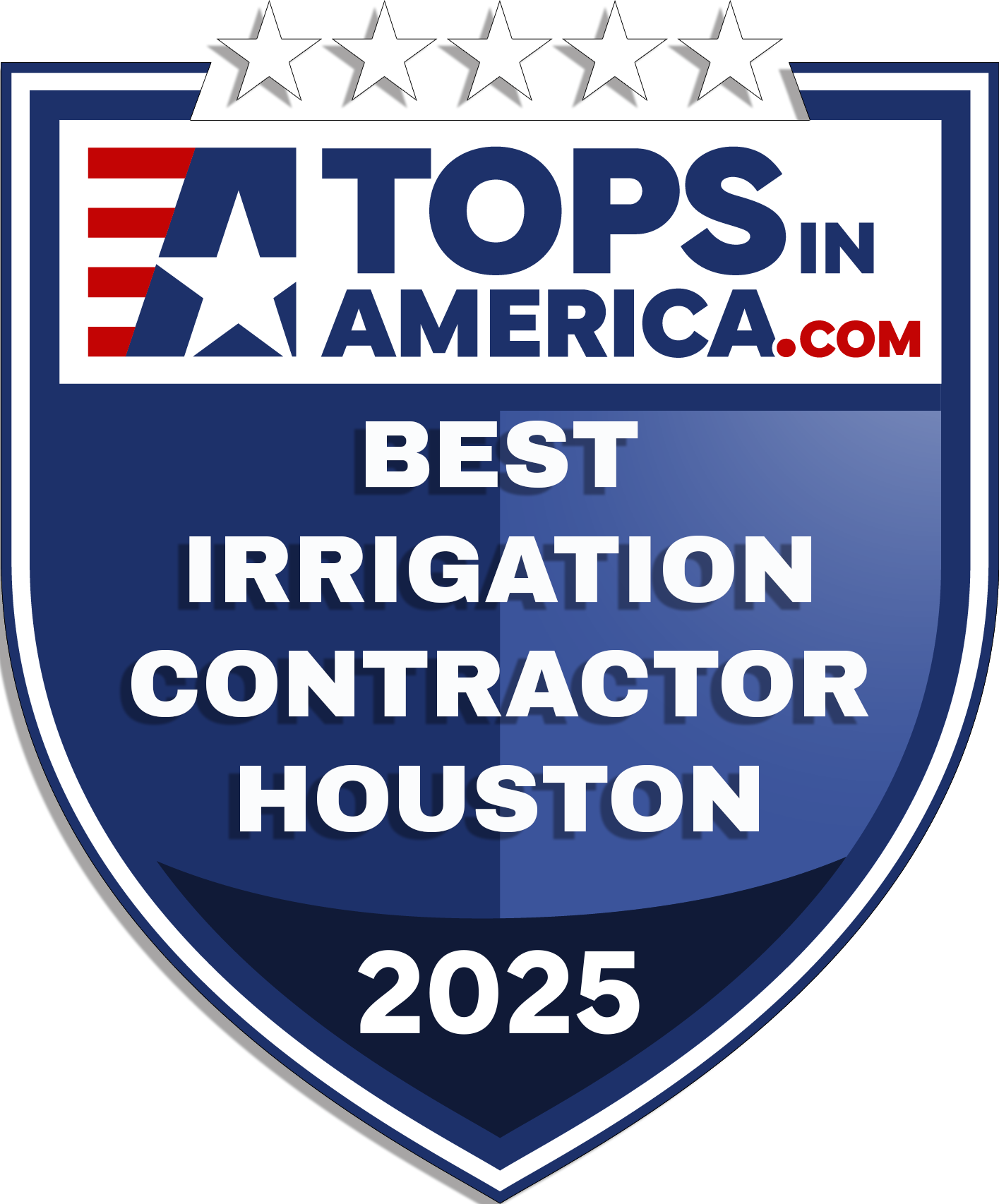Dealing with Leaking Rain Bird DV Series Sprinkler Zone Valves
If you’ve noticed your lawn or garden areas staying a bit too soggy, or if water continuously drips from your sprinkler heads even when the system is supposed to be off, you might be dealing with leaking valves. Specifically, if you’re utilizing Rain Bird DV Series zone valves, this guide will help you address and fix common issues related to leaks.
Identifying the Problem
First, it’s important to pinpoint the source of the leak. With the Rain Bird DV Series, leaks can typically occur for a few reasons:
- Diaphragm Damage: A damaged diaphragm inside the valve can cause leakage. Debris, wear and tear, or improper installation can lead to this issue.
- O-Ring or Seal Wear: Over time, the O-rings or seals can deteriorate, causing water to escape.
- Cracked Valve Body: Though less common, the valve body itself can crack, especially in environments with extreme temperature changes.
- Loose Solenoid: The solenoid on top of the valve can sometimes become loose, allowing water to leak through.
Steps to Fix Leaking Sprinkler Valves
1. Turn Off Water Supply: Before attempting any repair, ensure the water supply to the sprinkler system is turned off. This will prevent any water damage while you work on the valves.
2. Inspect the Valve: Open the valve box and carefully remove any dirt or debris that might have accumulated around the valve. You’ll want a clear view of the valve to assess its condition properly.
3. Check the Diaphragm:
- Unscrew the solenoid and the screws holding the valve together.
- Carefully lift the valve top and inspect the diaphragm for any visible damage, such as tears or holes.
- If the diaphragm is damaged, it should be replaced. Rain Bird offers replacement diaphragms specific to the DV Series valves.
4. Examine O-Rings and Seals: Check the O-rings and seals for any signs of wear or damage. Replace these components if they appear deteriorated. Make sure you have the correct size and type for your specific model.
5. Inspect the Valve Body: Look for any cracks or damages to the valve body. If the body is cracked, the entire valve will need to be replaced.
6. Tighten the Solenoid: If the solenoid is loose, simply tightening it might resolve the leak. Make sure not to over-tighten, as this can damage the threads.
7. Test Valve After Repairs: Once all repairs have been made, slowly turn the water supply back on and check the valve for leaks. Ensure all connections are secure and that the valve functions correctly.
Preventing Future Leaks
To prevent future leaks, consider implementing a regular maintenance routine for your sprinkler system. Regularly check and clean your valves, replace worn components promptly, and adjust your sprinkler settings according to the season to reduce wear on the system.
If you find that your Rain Bird DV Series valves are consistently leaking or require frequent repairs, it may be time to consult a professional. Sometimes, system pressure issues or improper installation can lead to repeated valve failures, which are best diagnosed by an expert.
Addressing a leaking valve promptly can save water, protect your landscape from overwatering damage, and ensure that your sprinkler system operates efficiently for years to come.
If you have any questions or need any type of sprinkler system repair, the experts at Mr Sprinkler Repair will be glad to help. Give us a call or 855-695-1000 to set an appointment.


